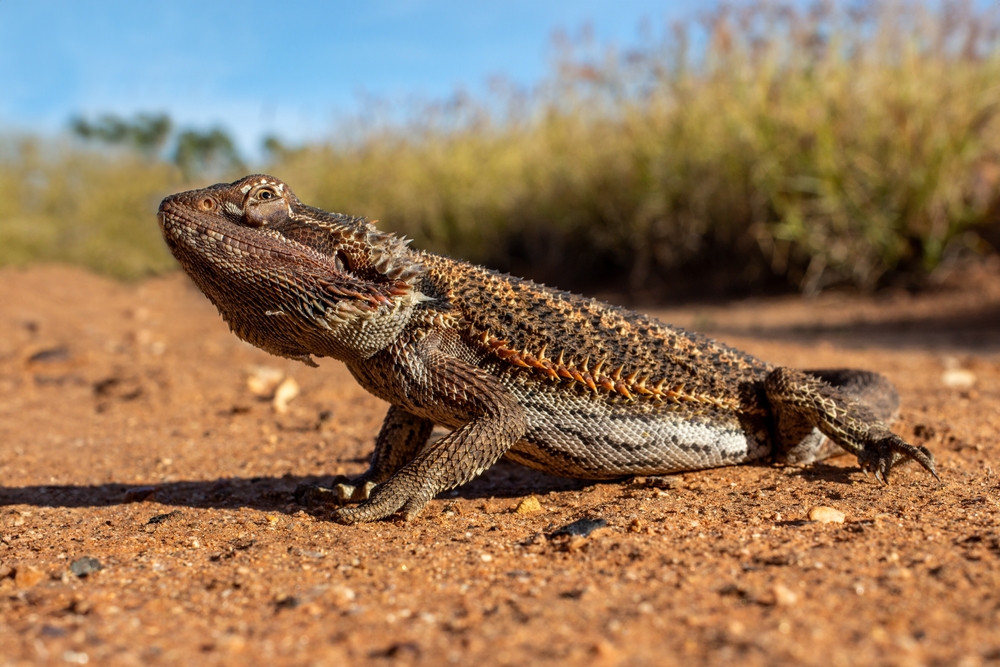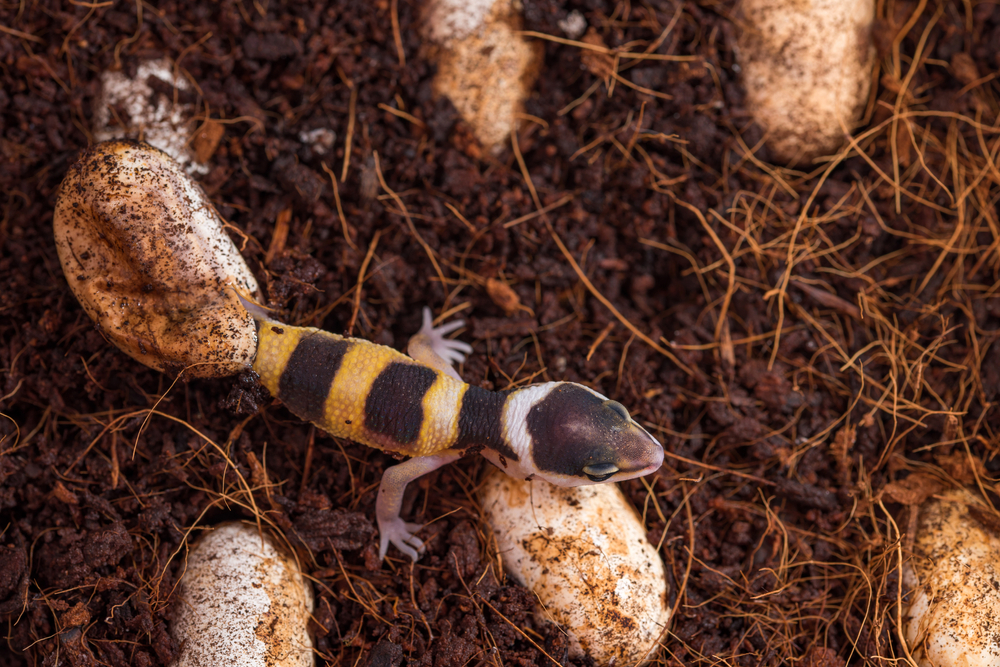Impaction is caused when a pet reptile is unable to digest something they have eaten. This can be fatal. People often blame loose substrates for ‘impaction’, but why would an animal that lives on loose substrate in the wild, suddenly struggle to survive on loose substrates in captivity?…

Well, almost all reasons stem from inadequate husbandry. Most reptiles require very specific temperatures and lighting to meet their basic physiological needs. If a reptile cannot reach adequate temperatures, it may encounter trouble digesting its food. This blockage can mean that substrate that is usually passed, becomes stuck. Dehydration can exacerbate this problem, making it more difficult for reptiles to defecate and thus lead to impaction. Something as simple as not providing a large enough basking area, or not spraying the enclosure to provide natural hydration can be fatal to reptiles over time. ‘Impaction’ may be the final cause of death, but the cause of impaction can be a minor error that has not been addressed quickly enough.
Impaction from heating
Never compromise on the equipment required to provide an exceptionally hot basking spot, a greater spread of UVB, a consistently moist hide, daily fluctuations in humidity or anything else that a species needs to thrive in captivity.
Basking spots should always be large enough to cover the animals’ entire body – this may require two bulbs (especially for large-bodied lizards such as bearded dragons, water dragons and tegus).
Basking spots should easily reach the optimal temperature – this can be surprisingly hot. If an animal has to spend an entire day underneath its basking spot just to digest a meal, there is a high possibility that the spot is not warm or large enough. Temperatures must be checked weekly.
Impaction from lighting
Another husbandry-related cause for impaction is a lack of UVB. This can be an intentional omission to provide the animal with basic lighting, or it could be an honest mistake of not replacing the UVB light bulb every 6 months (UVB emission will reduce whilst visible light remains the same, so it’s easy to forget!)
Many aggregate-based substrates and sand contain calcium. Animals require calcium for various purposes, but one of those reasons is to produce Vitamin D3 which they can use to develop strong bones.
Animals require Ultraviolet-B radiation (UVB) to synthesise calcium into Vitamin D3. Sunlight contains this important wavelength of radiation. In the wild, reptiles get all the Vitamin D3 that they need, simply by spending the correct amount of time in the sun. Each species has evolved differently and requires a different amount of UV to efficiently metabolise this crucial vitamin.
Animals that do not receive the correct amount of UV may be deficient in Vitamin D3 and thus seek more calcium to convert it into the necessary Vitamin D3. Thus, they may seek out sources of calcium within their environment (usually the substrate) to fill this deficiency, which can also lead to impaction.
Other causes of impaction
Accidental impaction can happen to any animal, including humans. However, choosing substrates that mimic the environment that the species has evolved for millions of years to thrive in, will offer the best chance at avoiding issues.
Few species found in the reptile hobby occupy barren dunes of uniformly sized grains of dry, loose sand. Play sand is, therefore, not very natural. On the other hand, no species in the reptile hobby live on tiles or carpet in the wild. This is also not natural. Choosing a substrate comprised of various natural components designed specifically for an animals’ needs, paired with modern husbandry practices is the ultimate goal.
Juvenile reptiles and quarantined animals may benefit from a sterile environment temporarily. However, nature is our greatest inspiration for top level reptile care.
